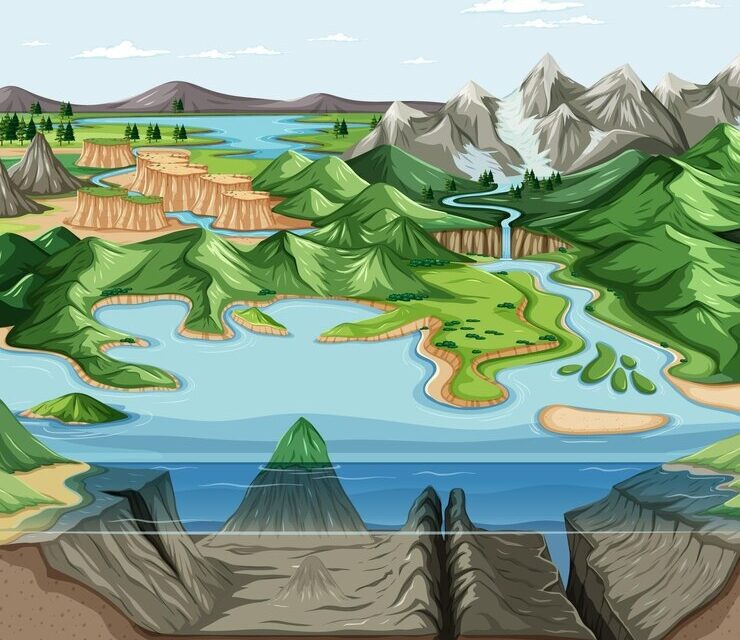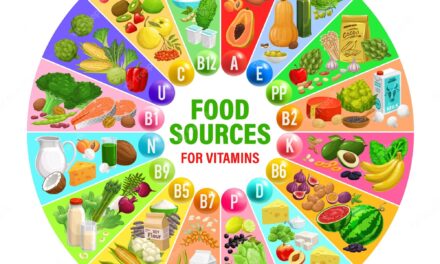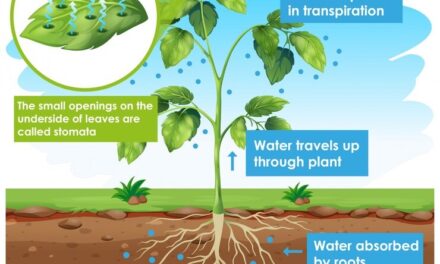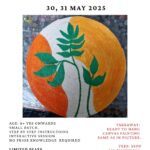The Earth’s surface is adorned with a breathtaking array of landforms, each bearing its own unique characteristics and geological history. Towering majestically above the landscape are mountains, colossal formations sculpted by tectonic forces and weathering over millions of years. These formidable peaks not only challenge human endeavor but also serve as cradles of biodiversity, hosting unique ecosystems adapted to their rugged terrain. Stretching across vast expanses are plains, expansive regions of low-lying land characterized by gentle slopes and fertile soils. Plains are often vital centers of agriculture and human habitation, providing fertile grounds for cultivation and settlement. Nestled between the extremes of mountains and plains lie plateaus, elevated flatlands sculpted by geological processes such as erosion and volcanic activity. Plateaus showcase a diverse range of landscapes, from arid deserts to lush plateaus, and serve as natural crossroads for human civilization and biodiversity. Together, these landforms shape the Earth’s surface, offering a glimpse into the planet’s dynamic geological history and providing habitats for diverse forms of life.
The worksheet covers the following topics-
Formation of landforms- internal process, external process, erosion, deposition
Mountains- glaciers, mountain range, fold mountains, block mountains, volcanic mountains, horsts, graben, rivers, valleys, terraces, flora fauna,
Plateaus- table land, Deccan Plateau, East African Plateau, Western Plateau,
Plains
Landforms and the people

















